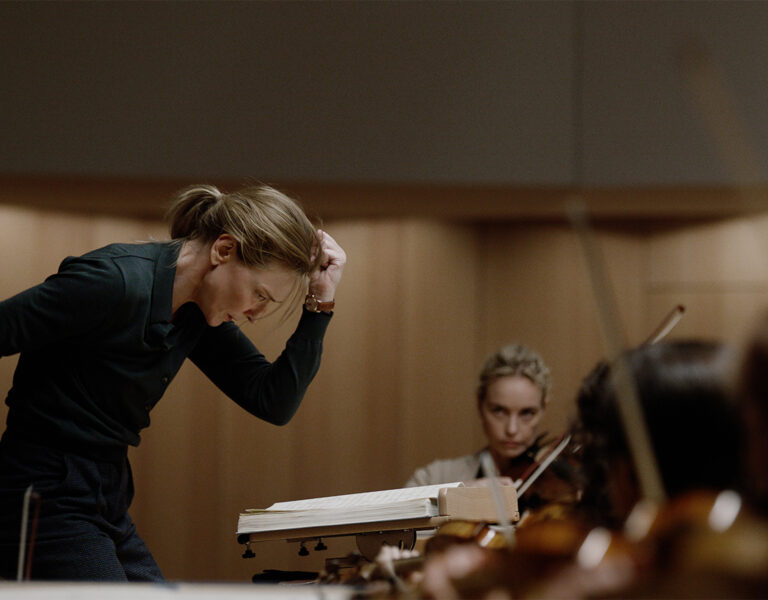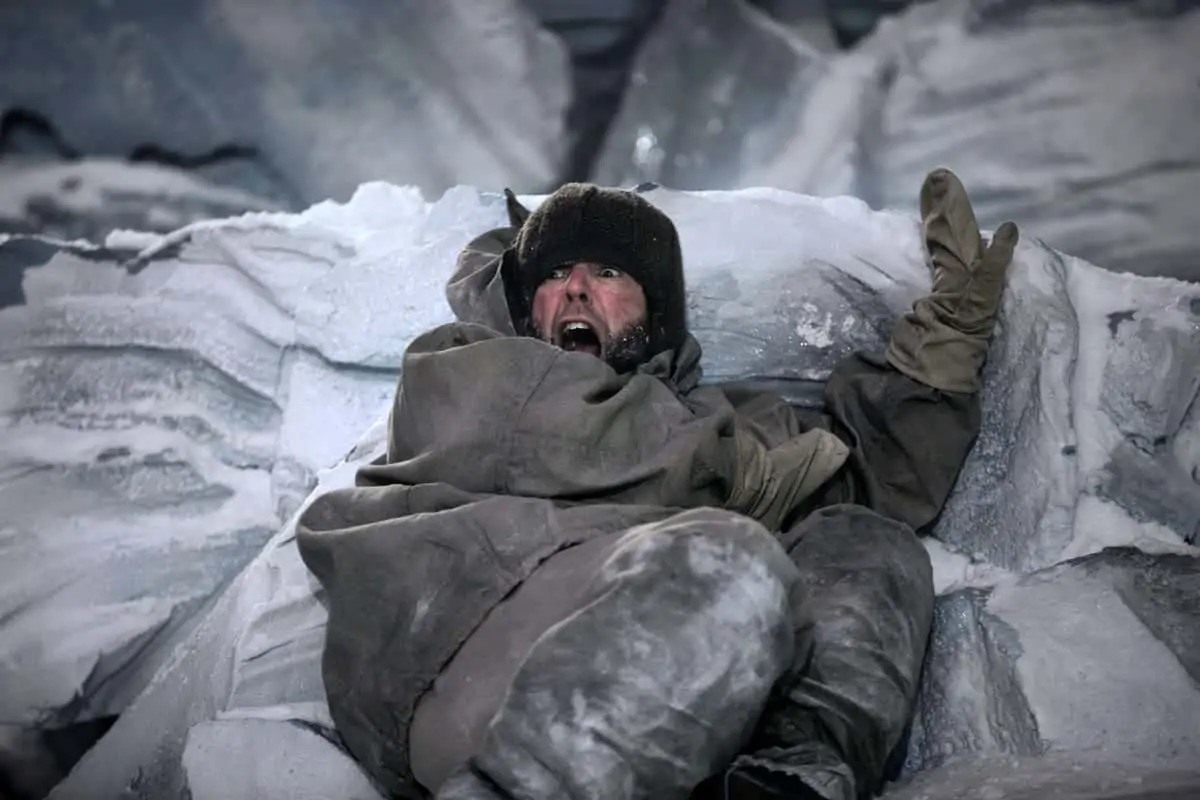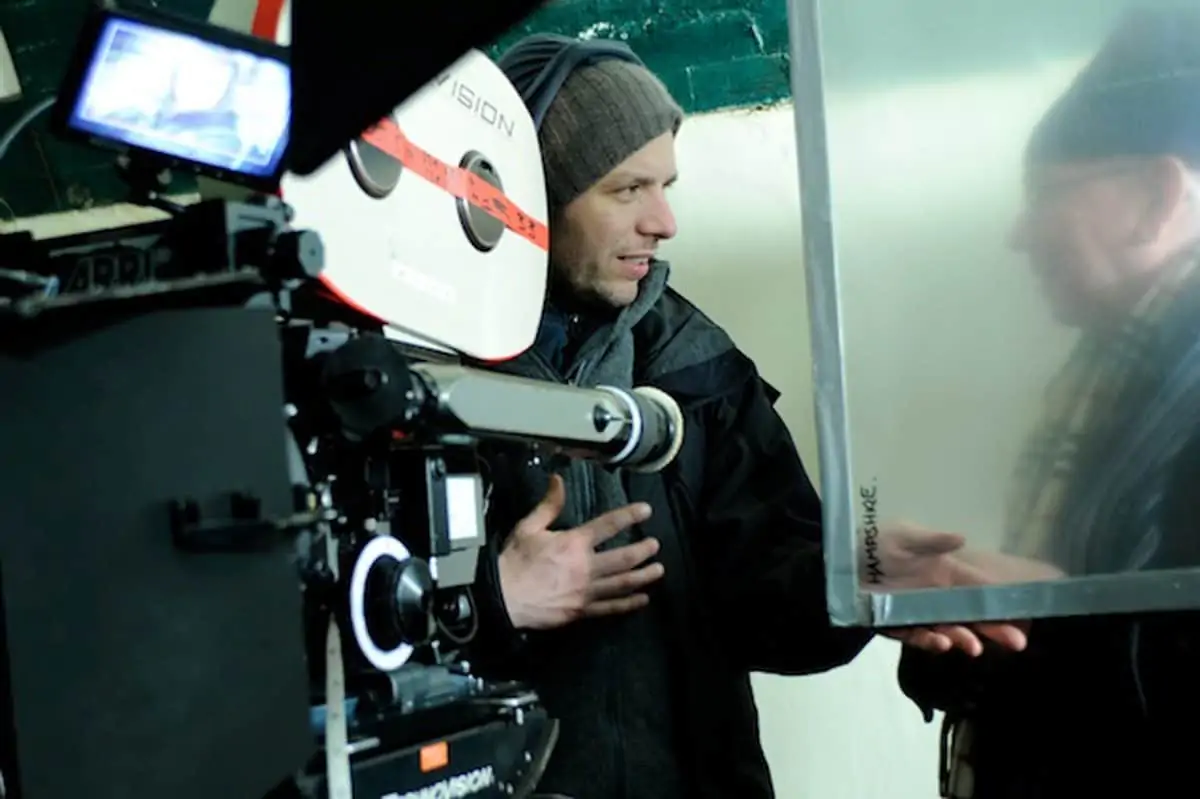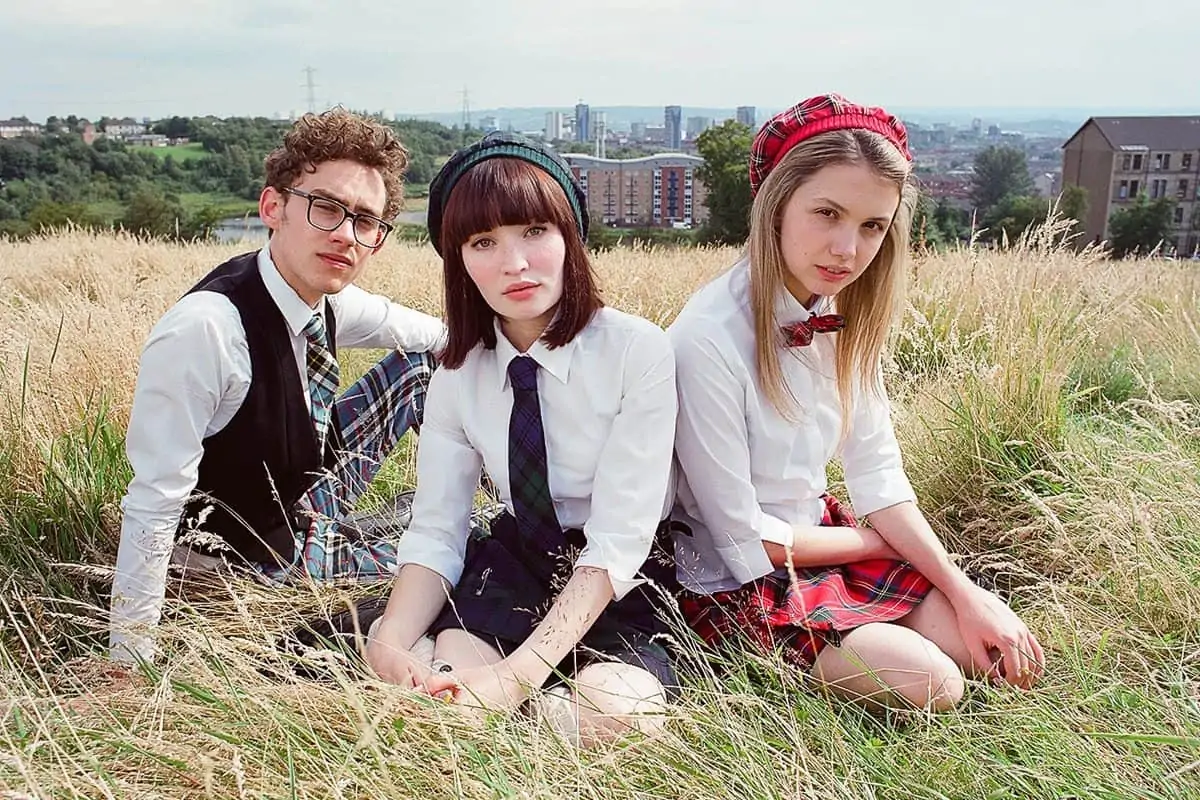CODE OF CONDUCT
A celebrated conductor falls prey to cancel culture in TÁR’s catastrophic crescendo. Cinematographer Florian Hoffmeister BSC takes us centre stage on the long-awaited third feature from director Todd Field.
“When he called, he could have offered me the opportunity to film the telephone directory and I would have done it.”
Working with Todd Field was an ambition 20 years in the making for Florian Hoffmeister BSC. The German-born DP’s first encounter with Field’s work was when he was fresh out of film school (Berlin’s German Film and Television Academy), finding his feet in the industry. He remembers watching Field’s 2001 directorial debut, In The Bedroom, and being captivated: “You could feel the energy and the intent of the filmmaker behind it so strongly. I never would have thought that I would later get the chance to work with him.”
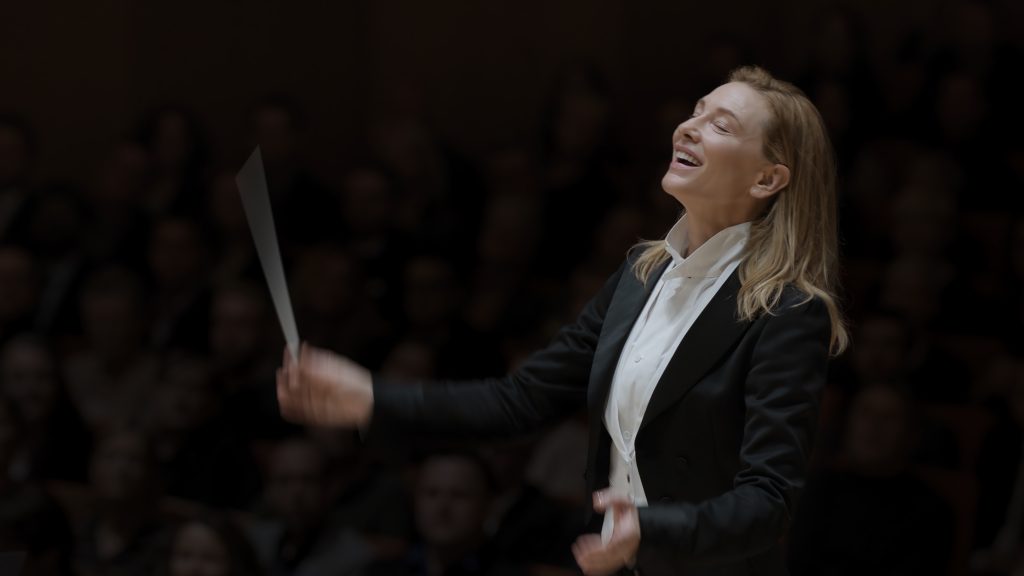
With most of his career spent in the British film industry, TÁR allowed Hoffmeister to return to Berlin, a city close to his heart. It’s also where the world-renowned conductor Lydia Tár (a magisterial Cate Blanchett) reigns over the city’s orchestra, until personal and professional disharmony leads to a very public fall from musical grace.
Pre-production began in July 2021, during which Hoffmeister joined TÁR’s scouting team. Most of the film was shot on location in Germany, New York and eventually in South-East Asia. “If you do a location-based film, the locations become like characters,” he muses.
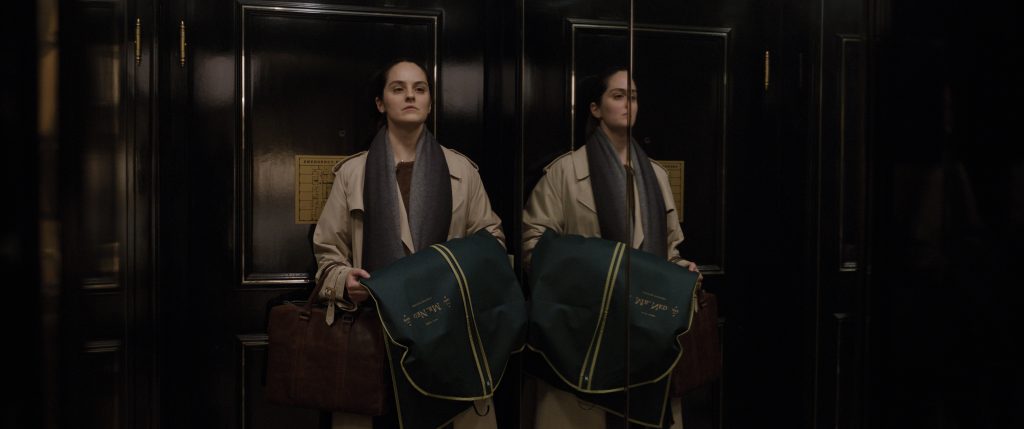
For the cinematographer, the most crucial part of prep was testing: “Not just in the sense of trying something where you don’t know how it will work but creating a space in which I can resonate with the director.” The second test focused on what production dubbed the ‘march of Tár’, referring to the conductor’s distinctive gait. Field, who was developing TÁR’s score with Oscar-winning Icelandic composer Hildur Guðnadóttir, knew precisely how many beats per second he wanted the character to walk at. So, armed with a metronome, Hoffmeister would replicate the ‘march’ in the hallway of the production office so the lens choices and filming approach could be refined to perfectly complement it.
The camera package they settled on was led by the ARRI Alexa LF (Hoffmeister’s “workhorse”), with the Alexa 65 also used at the beginning. These were coupled with ARRI’s Signature Primes, which were hand-tuned under the expertise of ARRI Berlin lens technician Christoph Hoffsten over a long testing period.

AUTUMN DAYS
Principal photography kicked off in September 2021, shooting well into the autumn. One of Hoffmeister’s favourite locations to capture on camera was Tár’s rustic Berlin apartment, but the time of year when they were shooting proved a stumbling block. “Because we shot in November, it would lose the light at three o’clock,” he recalls. “But we all wanted to shoot there, so we really had to structure the shooting. We had to shoot everything that would look out towards the windows first, then we’d turn around and I would completely light the place.”
On the other end of the scale was the cavernous concert hall where the orchestral sequences take place. The musicians were captured on four cameras, with Hoffmeister and Field keen to shoot both wide and tight on a long lens.
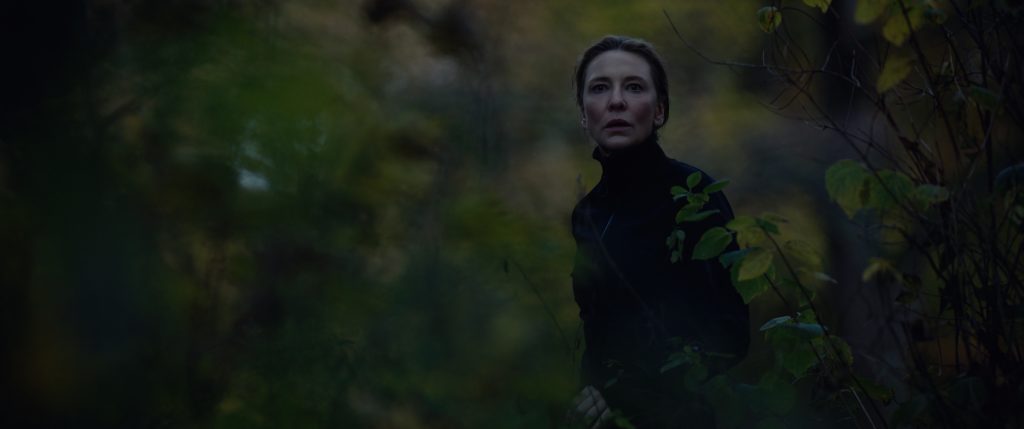
The crew had some niche technical constraints to grapple with when working with the orchestra – for example, the orchestral pit had to be lit to a certain luminance, as dictated by their union, so the musicians could read the sheet music without eye strain.
“It was clear I wouldn’t be able to put in a giant overhead rig – I had to work with the sources I had,” says Hoffmeister. “Todd was adamant the rehearsal scenes should not have the glamour of a concert. When Tár enters the stage from the side, it should feel like she could be in the training pit of a basketball game, stepping onto the court.”
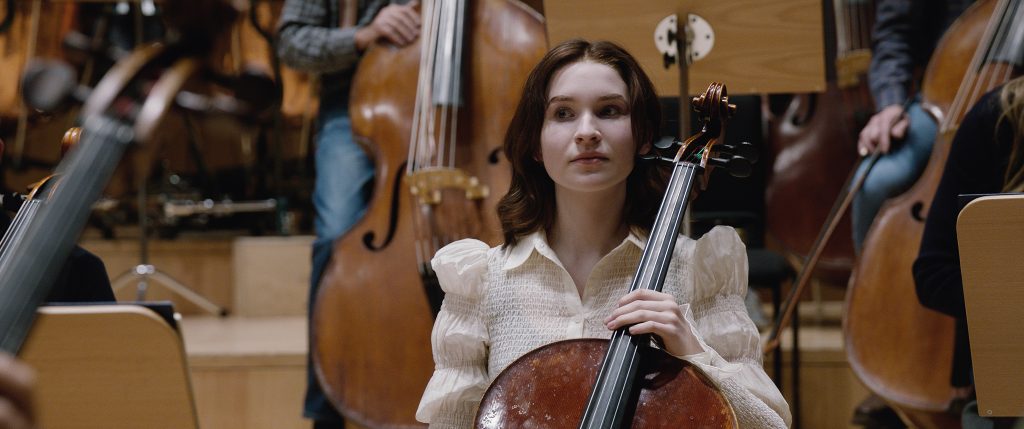
With the venue being fully kitted out with LEDs, lighting gels proved a valuable asset. During testing, Hoffmeister would visit the venue – “I would sell it to production that I had to test the flicker of the LEDs, which in essence was true!” – and bring a stand-in. “We would do a first pass where we gently gelled these overheads,” he explains. “It’s fascinating because at this point, you’re so focused on striving for precision that the slightest difference between the gel on those lights will take it from filmic to feeling real or ugly.”
Central to the director and DP’s cinematic philosophy was to never move the camera when music was being played. “That was one of the key traps you could fall in, the moment you hear an 80-piece orchestra play,” notes Hoffmeister. But there ended up being the occasional exception. “There were a couple of movements where we did track but only for dramatic reasons, never to tell the story of the music. Later in the film, where it starts to go on this ascent, Cate has this little Band-Aid on her finger. There’s one scene where she’s conducting and you see the Band-Aid, so we had to do a little move there.”

LEARNING CURVE
It’s that restrained approach to shooting that characterises Hoffmeister’s lensing of TÁR, but it’s tricky for the audience not to get swept up by the music. Blanchett’s performance adds to the authenticity; she learned to both play the piano and speak German especially for the film. “She’s not only relentlessly hardworking and able to experience tremendous degrees of vulnerability, but she’s also very much aware of the technical process,” adds Hoffmeister.
The actor’s musical talent is on full display in a oner in the opening quarter, in which Tár lead a masterclass at Juilliard for some Generation Z film students. It’s a refreshing change of pace from the static opening scenes and a telling insight into Tár’s character. The lecture theatre setting was another location dominated by LEDs, which Hoffmeister and his gaffer, Florian Kronenberger, cannily adapted by placing some IKEA Chinese lanterns over the sources.

“We visited the location and the first thing Todd said was, we should play to it,” says Hoffmeister, “and I thought that was brilliant. It was very clear from day one that it would be a single-shot approach, which was quite something because it was a 10-page scene and we had to meet a couple of dramatic points. Going back to testing, we knew then it was a very complicated location and we thought we might bring in a crane, but we weren’t allowed to… Then we wanted to hang a rig – maybe from the top and reverse the camera – but we couldn’t do that. So, we ended up with the two grips carrying the camera on a little remote head. We created choreography with just stand-ins, then we had a long day where we just rehearsed.” The DP remembers the first take was foot-perfect – that was, until one of the poor grips tripped near the very end.
TÁR’s grade was executed by “fantastic” Tim Masick of Company 3, a long-time collaborator of Field. “I felt really welcomed into that established relationship,” Hoffmeister admits. “I never felt overwhelmed by being invited to a very intimate party.”
Shooting in Berlin reminded Hoffmeister that he had once used a digital print emulsion developed by ARRI for the early days of the Alexa and was keen to implement it on TÁR. “It was developed by ARRI to make the point that a digital camera can look like celluloid. When we were doing rushes there, I introduced Todd to that system, and he absolutely fell in love with it. Tim used that to base his grading on, and I think he did a fantastic job.
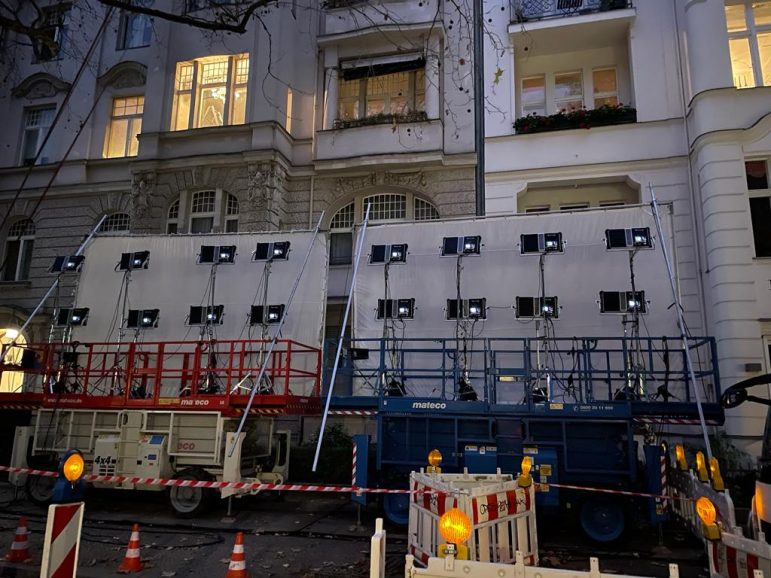
“Working on celluloid is not necessarily about the individual quality of the image – that’s almost a matter of taste now. What I miss most of the time is the collaboration that comes with it. This digital print emulsion is not something you cook up with a grader in an afternoon session, but it’s something lots of people worked on with a mutual goal. That is a sense of collaboration that I’ve always enjoyed in a lab, but I think it goes a bit missing due to the extreme pace in which we can work now.”
TÁR received a standing ovation when it premiered at the Venice Film Festival. But were there any lessons that Hoffmeister will bring with him onto future productions? “What I enjoyed was the awareness – how a strong restraint can make you aware of every little detail in which we manipulate an audience,” he says. “Even if I do something that has a more lyrical approach next, it’s something I will take with me.”


